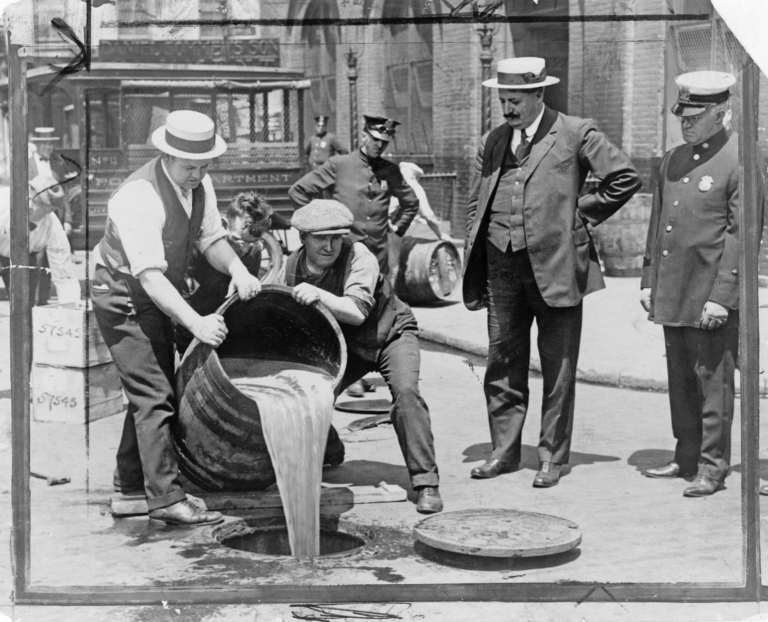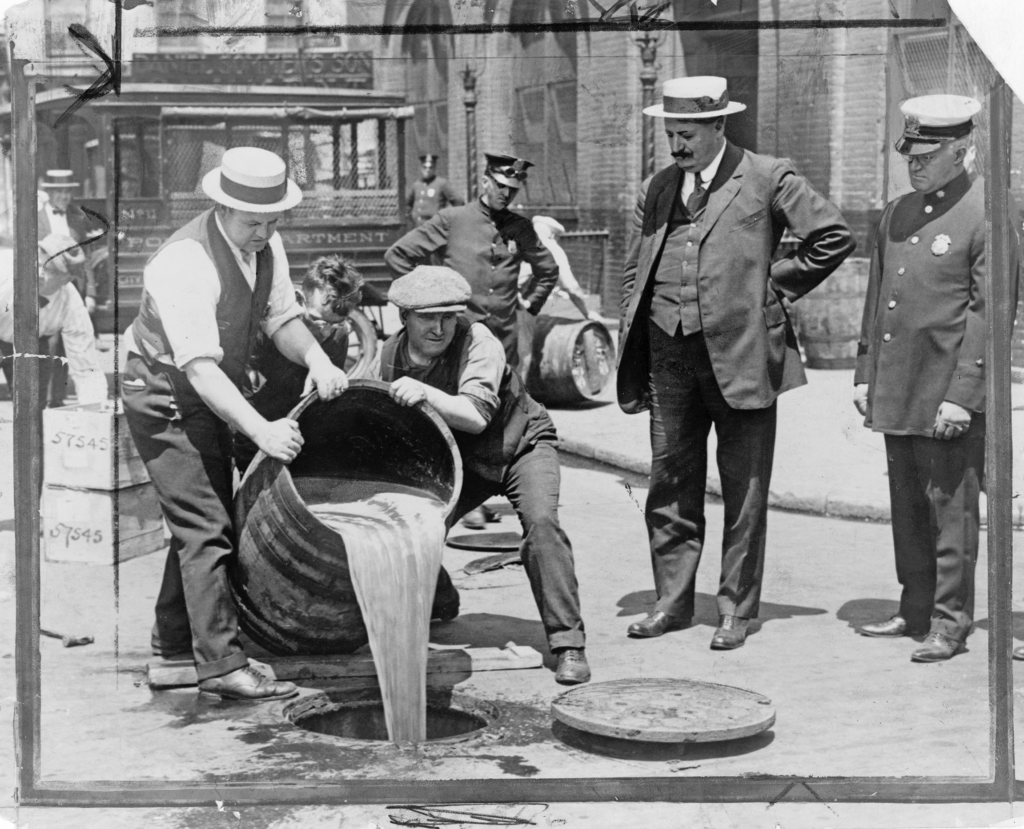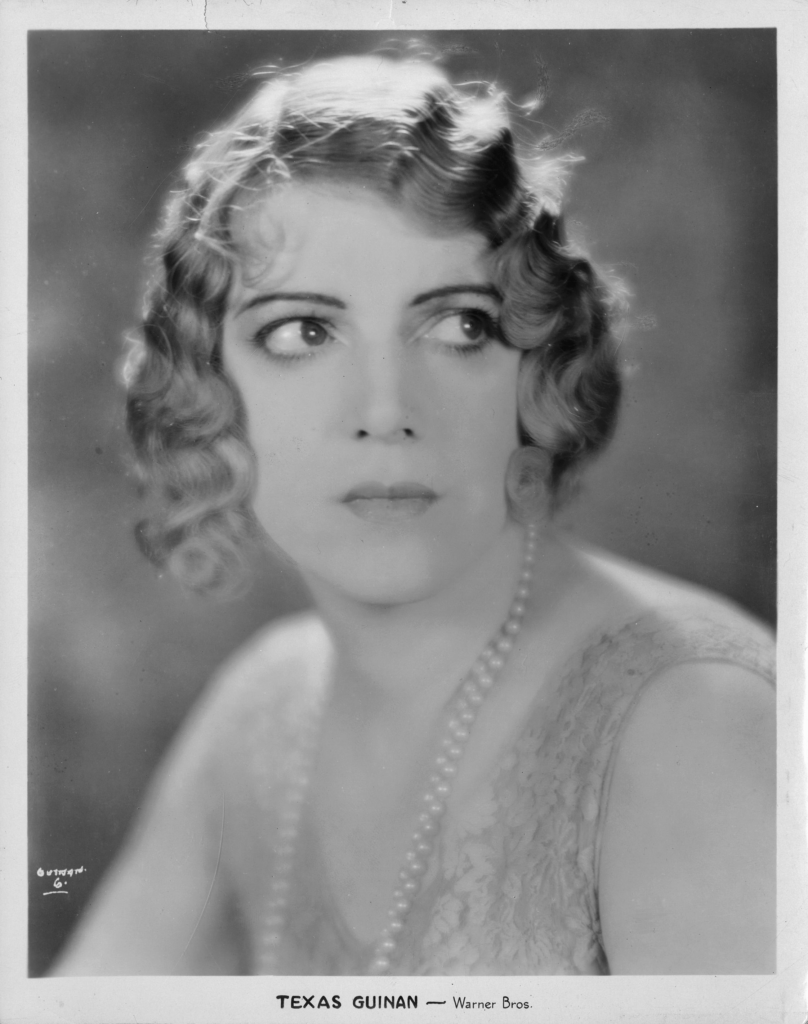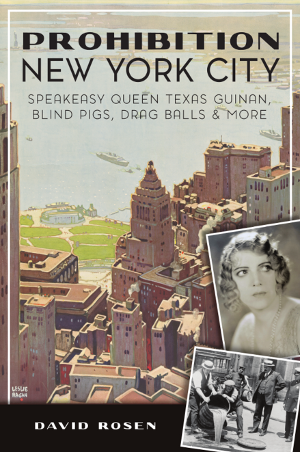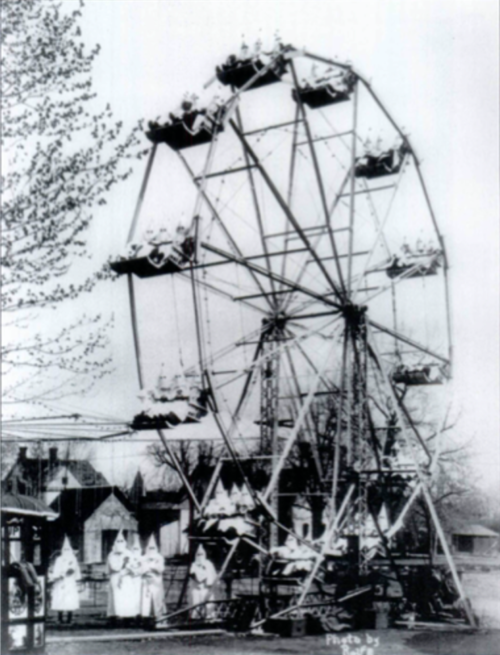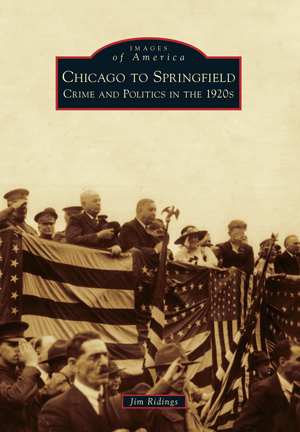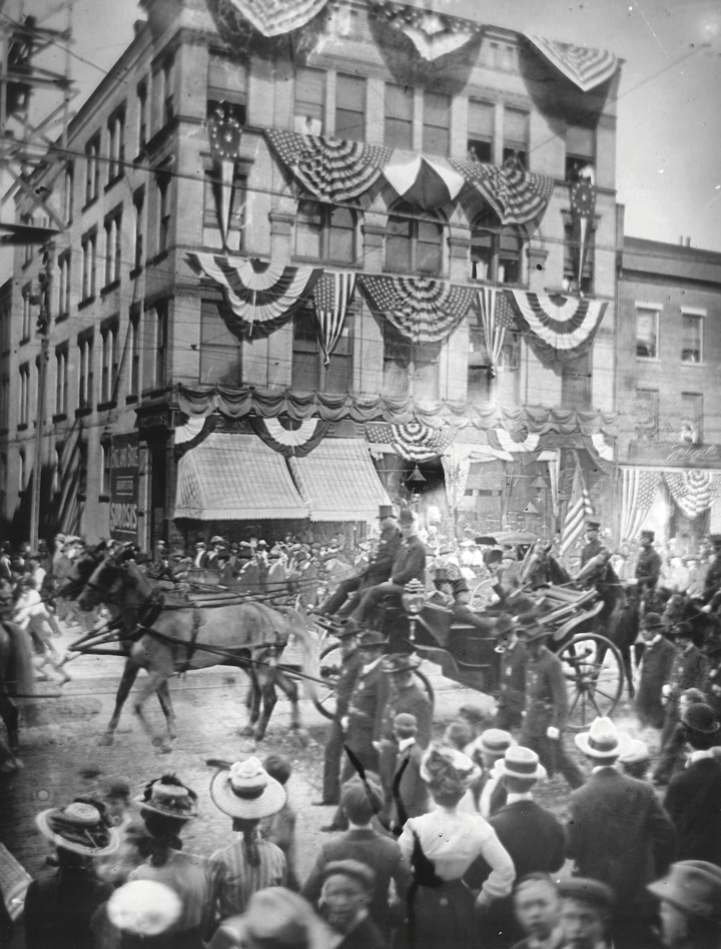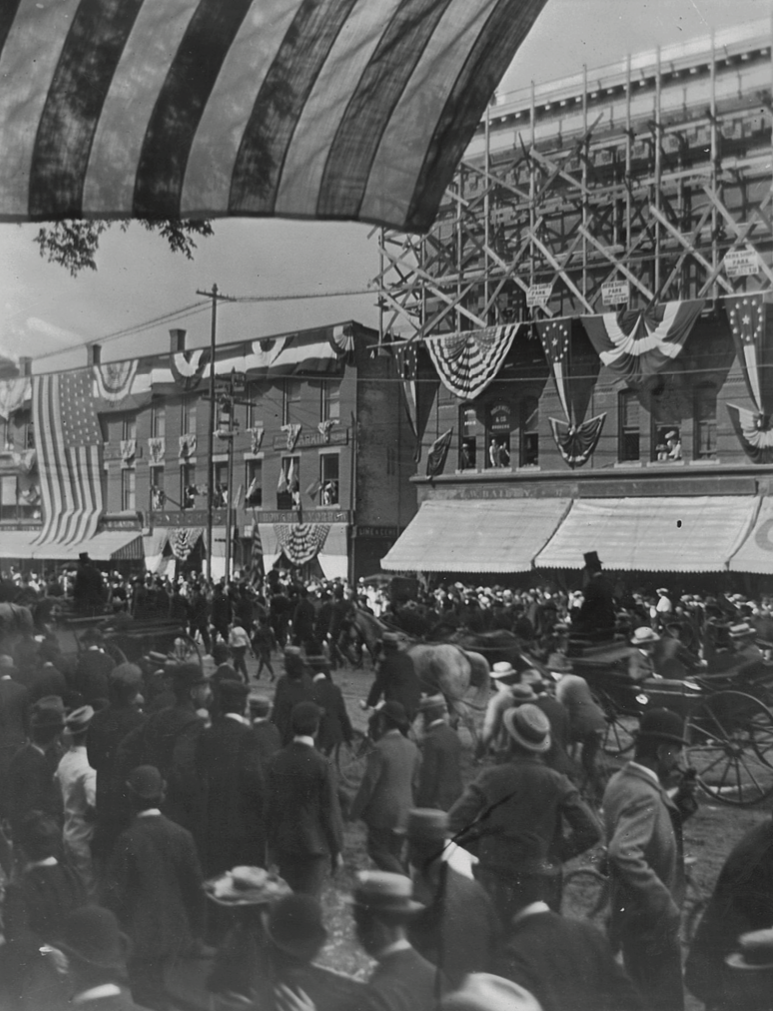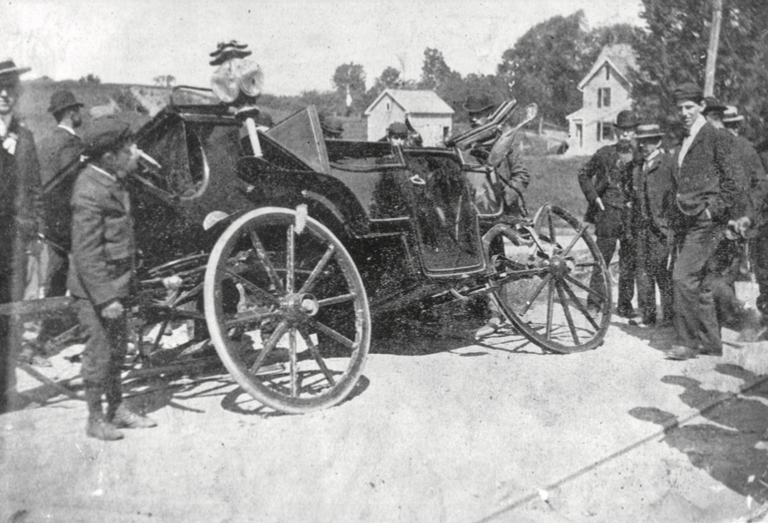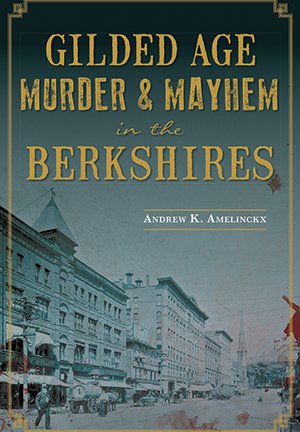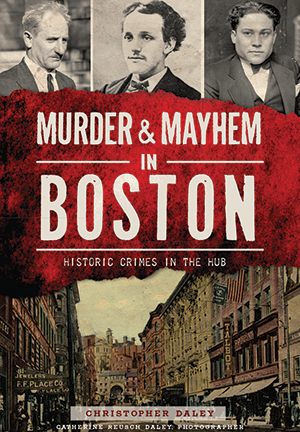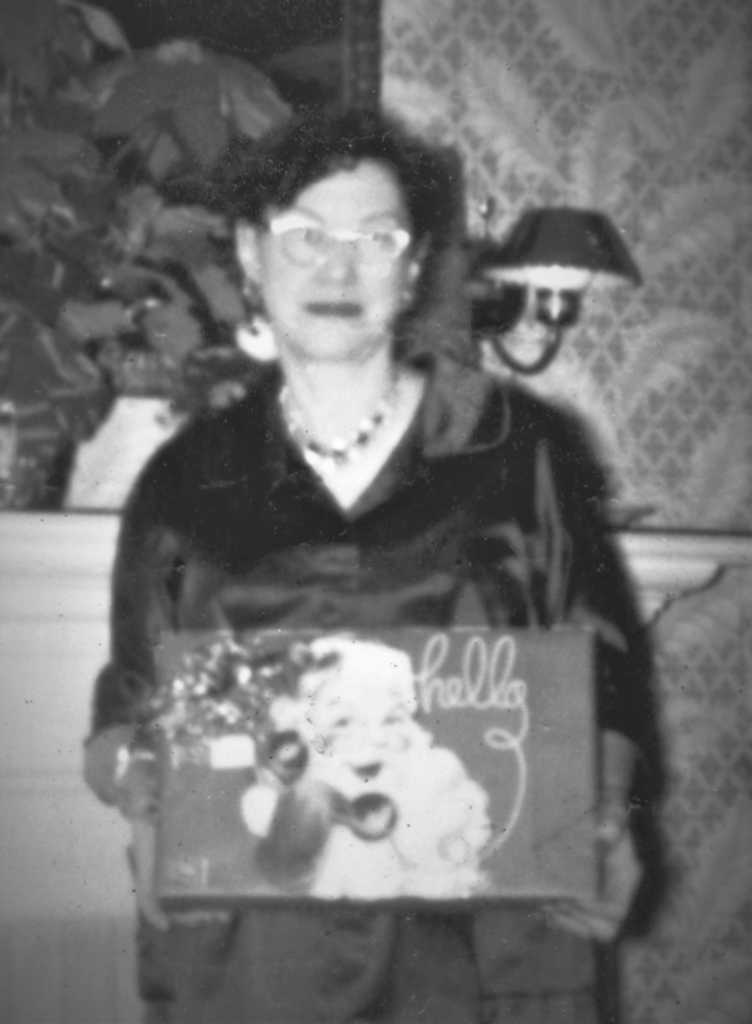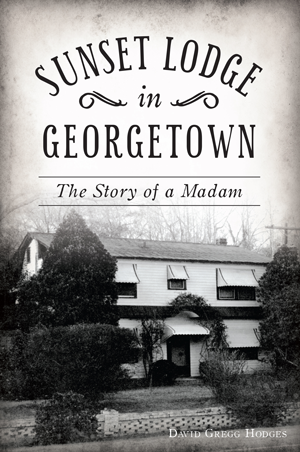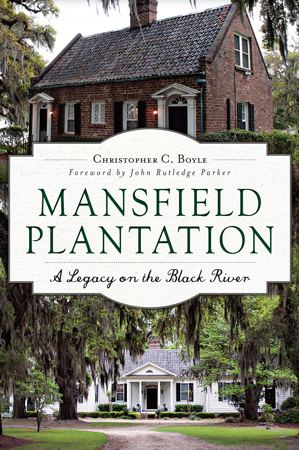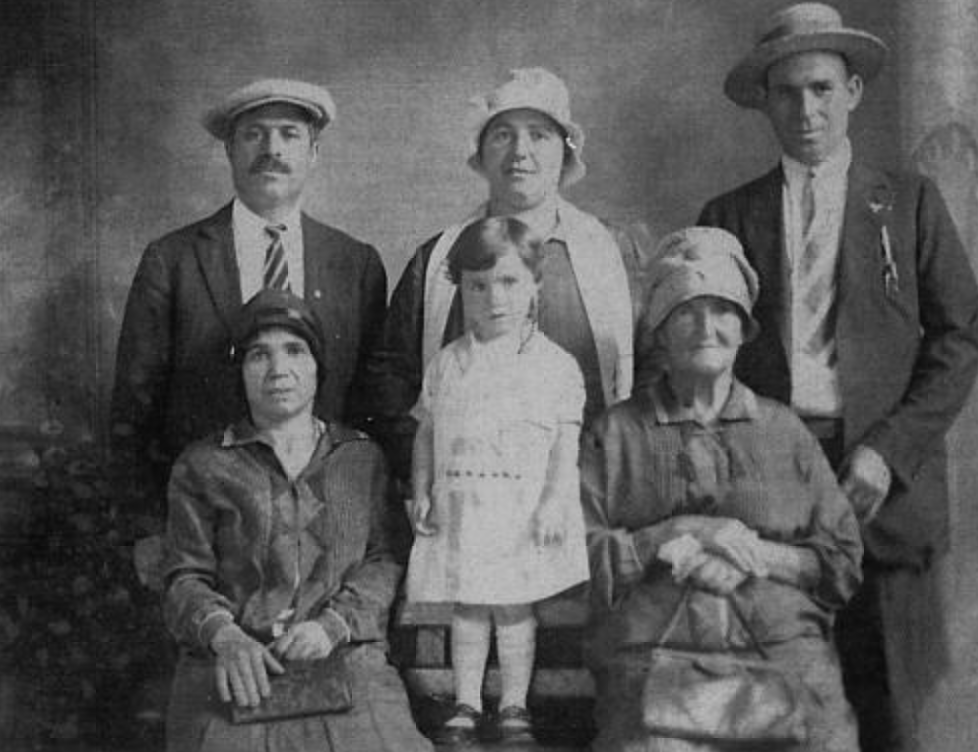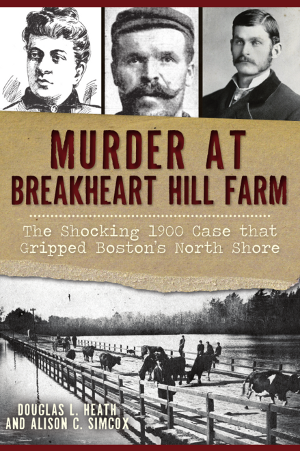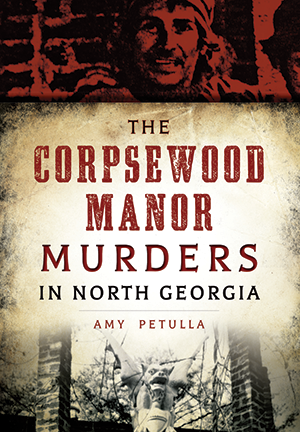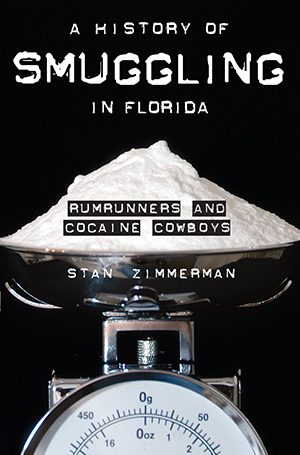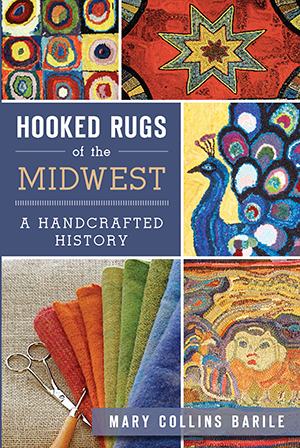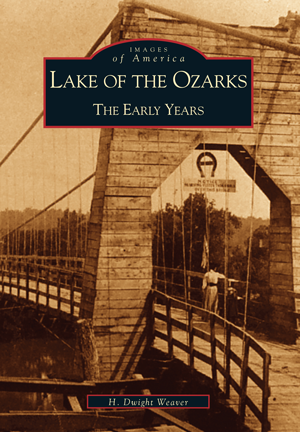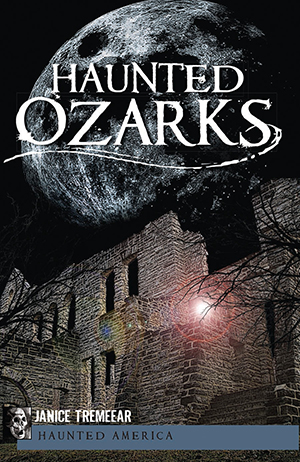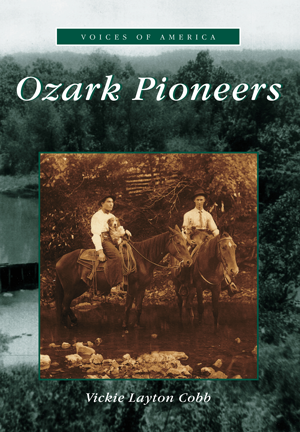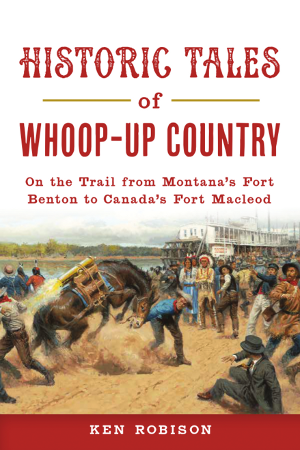
You had to, didn’t you. Against every piece of advice, you had to ask. Well, there’s no easy way to say this, so we won’t even try: no, you do not want to know how the sausage was made.
Wait. You’re still here? Then by all means—but don’t say we didn’t warn you.
Chicago, 1897. As we’ve discussed before on Crime Capsule, the Midwest at the turn of the century was home to a growing population of German immigrants who excelled both in brewing beer (and soon, in hiding it) and making delicious pork products. One of the longtime members of this community was a man named Adolph Luetgert, who arrived in the States in the 1870s and over the years, established a prosperous business crafting and selling spiced meats.
As historian Amy Kinzer Steidinger records in her book Old Joliet Prison: When Convicts Wore Stripes, Luetgert’s first wife died, but the recognized Sausage King of Chicago remarried a young woman named Louisa Bicknesse with whom he lived not far from the factory. On May 1, 1897, however, Louisa disappeared, leading to concerns among their neighbors and within her own family. Luetgert shrugged off these concerns, claiming a typical marital spat, but when her brother reported her disappearance to the police, it wasn’t long before some rather incriminating evidence appeared.

We hope you’re reading this on an empty stomach, because yes, it appeared exactly where you think it did. Steidinger:
“The evidence of witnesses led police to the [sausage] factory. In the middle vat were found two gold rings, one bearing the initials ‘L.L.,’ the other being a small guard ring. Flakes of bones and a tooth were discovered, as well as a skull among some animal bones in the yard. The detective took these to an anthropologist at the Field Columbian Museum, who identified them as being those of a human female.”
How Luetgert lured his wife and disposed of her isn’t fit even for a family true-crime publication, but once the grisly news broke, it broke hard. Convicted of murder, Luetgert became a guest of the state of Illinois at Joliet State Prison. Soon, the city lost its appetite for processed meats, and sausage makers across the city shuttered. (One amusing, if not disturbing, aspect of the criminal proceedings is that the prosecution, Steidinger records, “obtained a corpse,” and recreated Luetgert’s disposal of his wife’s body in boiling potash—but how they obtained that corpse remains unclear.)

While many convicts’ stories ended when they got to state prison—records from the era are often scant—Luetgert’s story had one final chapter. Though of course he maintained his innocence, he took to life as an inmate with the same diligence he had taken to his trades as a free man, and soon came to hold the same skilled positions in food processing he had enjoyed on the outside.
In July 1899, however, for some unknown reason Luetgert rejected a delivery of meat that had arrived at the prison, leading to an argument with the supplier. A few days later, shortly after returning from breakfast, prisonsers heard him groaning intensely in his cell. By the time the prison doctor arrived, Steidinger records, a heart attack had claimed his life—brought on by his murdered ex-wife, some said, haunting him from beyond the grave.
Gruesome as this story is, Steidinger’s book is, in fact, a fascinating journey through Joliet State Prison’s history, from its founding before the Civil War through its heyday in the late 1800s—told in its own words, through eyewitness accounts and newspaper clippings of the time. For anyone interested in the history of the American corrections system, or the history of criminal justice in the Midwest, it’s an absolute must-read.
But seriously, we do have to ask: now that you know Luetgert’s story, don’t you think you’ll stick to bacon instead?
Looking for more to read during quarantine? Check out our quaran-reads here. Finding us for the first time, and want to learn more about what we do? Visit our welcome page and sign up for the Crime Capsule email newsletter. See you behind bars!
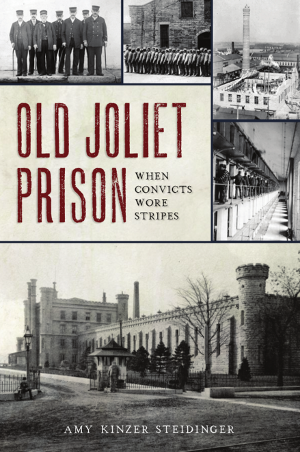
Old Joliet Prison: When Convicts Wore Stripes
In 1857, convicts began breaking rock to build the walls of the Illinois State penitentiary at Joliet, the prison that would later confine them. For a century and a half, thousands of men and women were sentenced to do time in this historic, castle-like fortress on Collins Street. Its bakery fed victims of the Great Chicago Fire, and its locks frustrated pickpockets from the world’s fair. Even newspaper-selling sensations like the Lambeth Poisoner, the Haymarket Anarchists, the Marcus Train Robbers and Fainting Bertha became numbers once they passed through the gates. Author Amy Steidinger recovers stories of lunatics and lawmen, counterfeiters and call girls, grave robbers and politicians.


